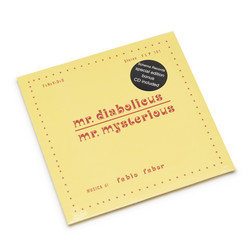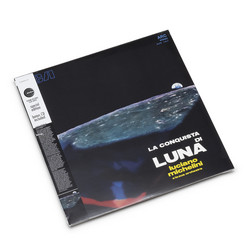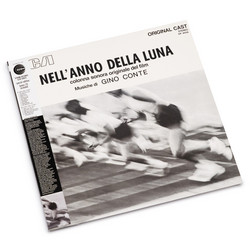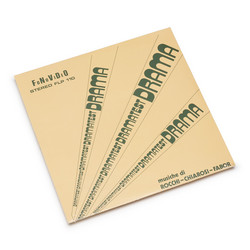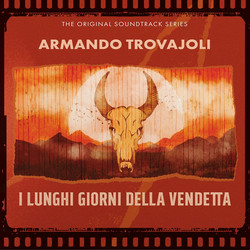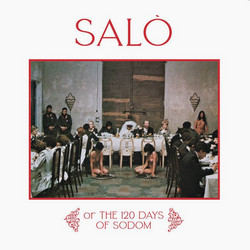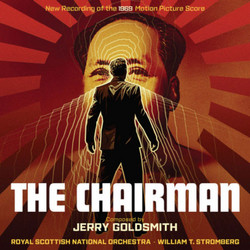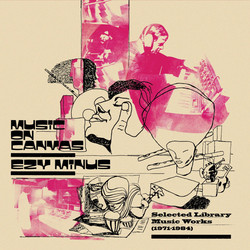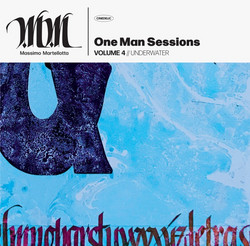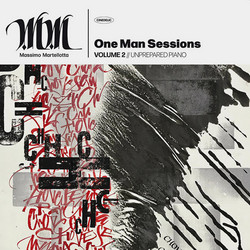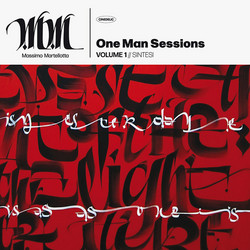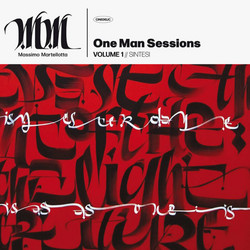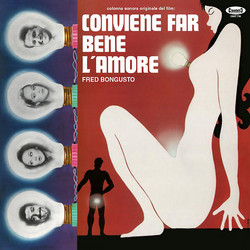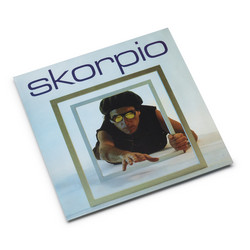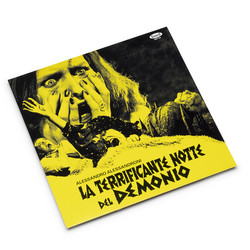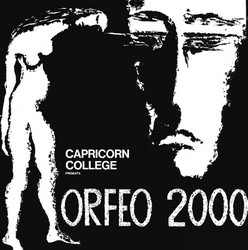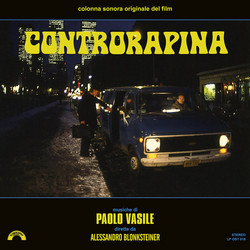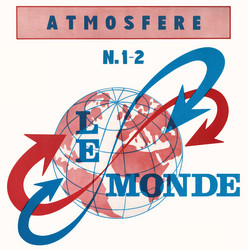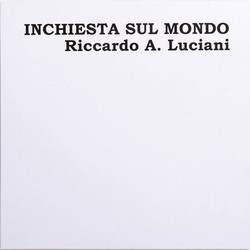The five-album solo project One Man Sessions by Massimo Martellotta, continues after the synthesizers of One Man Sessions Volume 1: Sintesi (2018) and the mellow prepared piano and drum grooves of One Man Sessions Volume 2: Unprepared Piano (CNMM 002LP, 2018). With One Man Session Volume 3: One Man Orchestra, there is another change; it is indeed a full-fledged orchestral album, conceived with the film music composers of the 1950s in mind, Bernard Hermann et al. One Man Session Volume 3: One Man Orchestra, in which Martellotta engages in writing for an orchestra of a retro mold, is set in his world with an absolutely personal and current twist.
Each instrument is played and tracked in real time, including the computer, which is this time a valid assistant in the simulation of some of the used timbres, intended as a real instrument in the middle of real ones. Sumptuous arches, crackling tympanums, and sinuous woods find space to dialog with lounge organ and percussion invented like the music paper itself, rubbed to keep time on some of the themes. Once again the composer surprises us and displaces us, using all his resources as multi-instrumentalist and mixing languages, venturing into worlds far away from each other. On One Man Session Volume 3: One Man Orchestra one is light years from the world summoned on One Man Sessions Volume 1: Sintesi and yet one always finds a distinctive and recognizable feature that makes all the volumes of the complete work coherent. Realized, like the other volumes, in complete solitude, the album reveals knowledge of all-round musical material and a strong taste for the melody.
Oppio is reminiscent of the darker Ennio Morricone or Jonny Greenwood from Radiohead and is a counterpart to the opening song Il Cappotto, a perfect title track that quotes and closely reworks a John Williams composition. On other pieces, in episodes more rhythmic, and sometimes romantic, one finds a passion for Jon Brion and timeless melodies. One Man Session Volume 3: One Man Orchestra is an album to listen from the beginning to the end, following the emotional story told like that of a film, of which one sometimes has the impression of seeing the images, waiting to immerse themselves in the abyss evoked by the forthcoming fourth volume.
